The Black Hills Gold Rush Experience
Gold was discovered in the Black Hills in 1874 during Colonel George Custer’s expedition. Word spread quickly, and by 1876 the Black Hills Gold Rush was in full swing. Today, visitors can still experience locations that showcase how this population surge of gold hunters and mining camps changed the area and created the communities we know today. The stops in this itinerary will have you discovering remains of mines and flumes, panning for gold, exploring the underground, and understanding how the Black Hills Gold Rush affected the people of the Sioux nation.
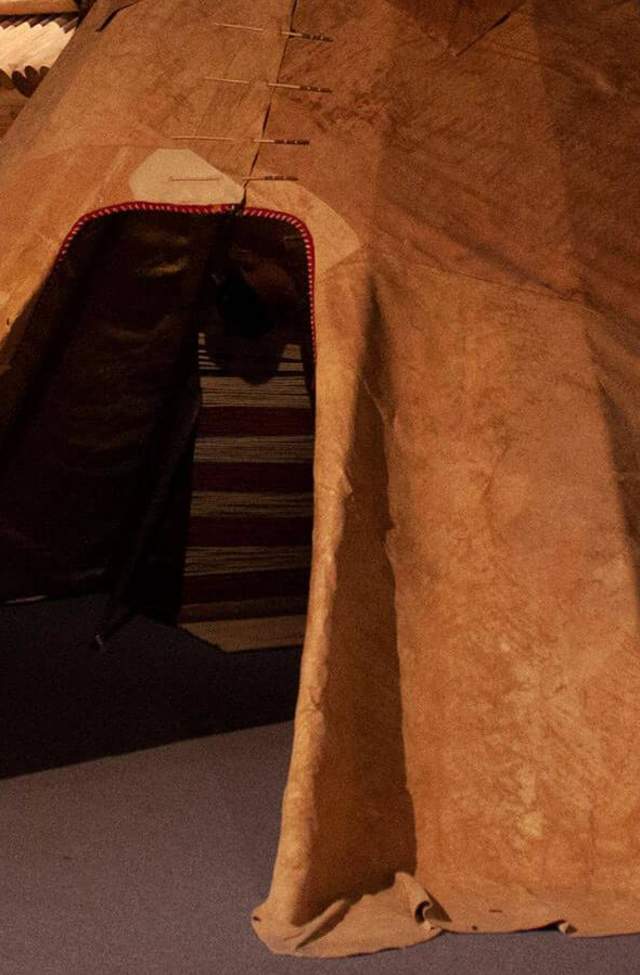
The Journey Museum & Learning Center
To understand the impact of the Black Hills Gold Rush, you must first learn how gold was discovered and the best way to do that is with a visit to the Journey Museum & Learning Center. Here you’ll find a variety of fascinating exhibits that cover everything from the geology of our area to its early pioneer history and everything in between. In the Sioux Indian Museum, you can read about the 1874 expedition of General Custer, and those who followed, along with information about how the discovery of gold affected the 1868 Fort Laramie Treaty which gave the land to the Lakota Sioux.

Mt. Rushmore Black Hills Gold Factory
Enjoy a free tour through the Mt. Rushmore Black Hills Gold Factory and witness the creation of Black Hills Gold. Handcrafted by skilled artisans, Black Hills Gold jewelry is only made in the Black Hills and always has the distinct grape leaf design in 12k pink and green gold. Learn the history, watch the creation process, and appreciate how no two pieces are identical.
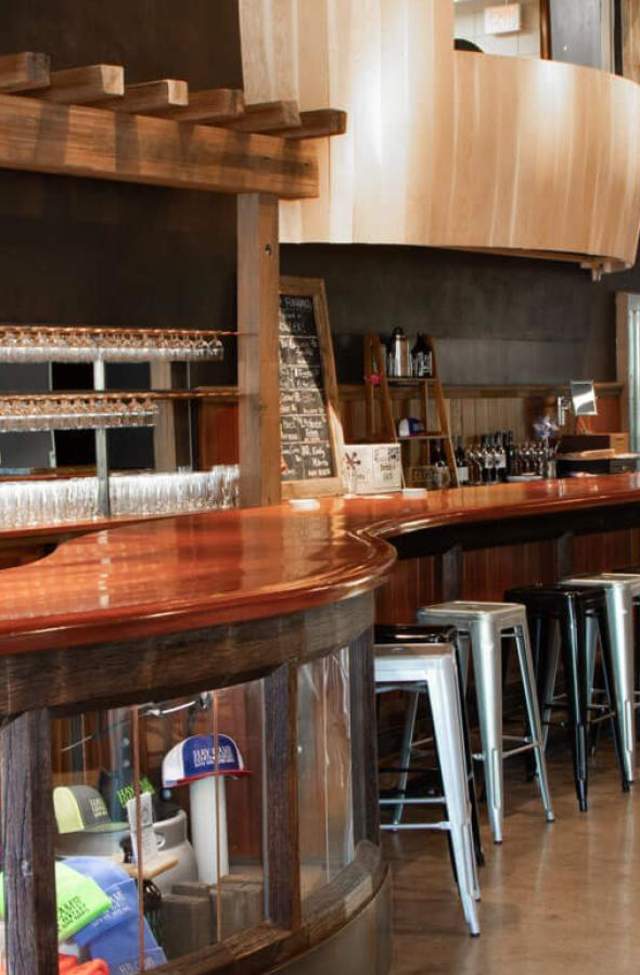
Hay Camp Brewing Company
Take a break and discover a little liquid gold from a historic themed brewery! Originally known as Hay Camp, the city of Rapid was founded by a group of unsuccessful miners in 1876. At the time it served as a supply station helping meet the retail and service needs of miners and workers in the region. As you step into this brewery you’ll be surrounded by an atmosphere modeled after this rustic time of our city’s past.
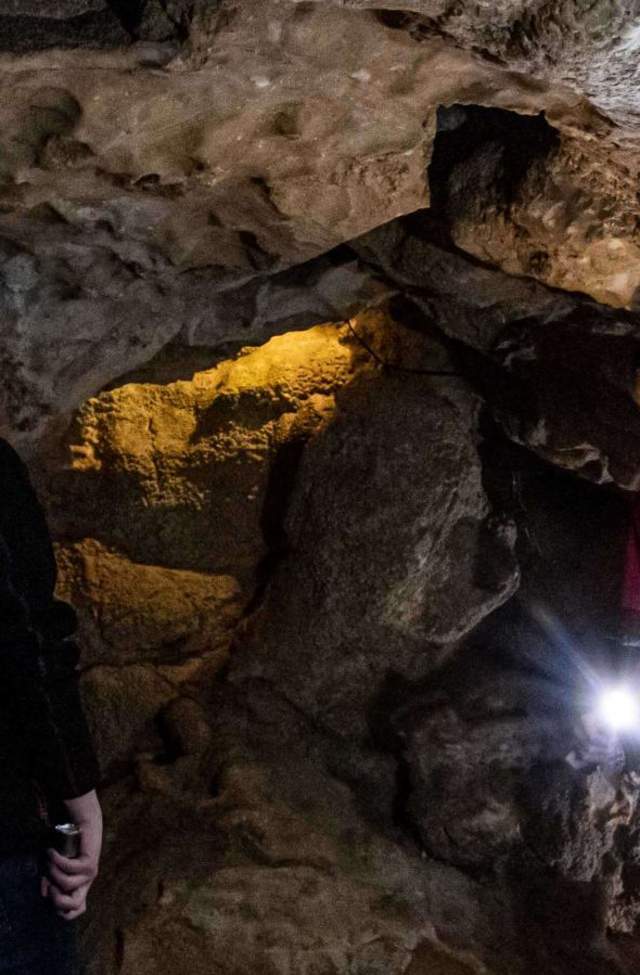
Black Hills Caverns
Several of the underground wonders in the Black Hills were discovered by gold seekers during the Black Hills Gold Rush. Although, many of these caves, including Black Hills Caverns, had long been discovered by the Lakota people. Visitors to this cave can book a guided tour to explore the beautiful underground landscape which contains the most complete variety of formations that exist in any of the caves in the Black Hills. After a tour head to the gift shop to browse a vast selection of stones, crystals and more, and even try your hand at gemstone mining!
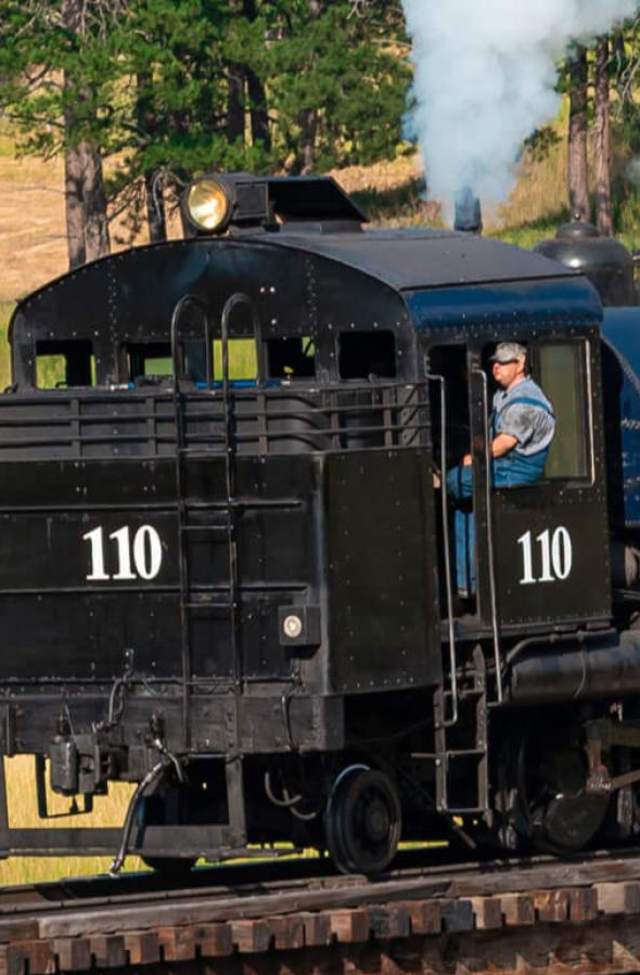
The 1880 Train
Catch a ride on the historic 1880 Train! Built during the central Black Hills mining boom in the 1890s, the train takes passengers between Hill City and Keystone for a two hour narrated tour. Along the way you'll view vistas of Black Elk Peak, mining encampments and lots of natural Black Hills beauty. For an extra special experience ride the train during one of the events like Mother's Day Train, Old West Shootouts, Wine Express, Oktoberfest, and the Holiday Express.
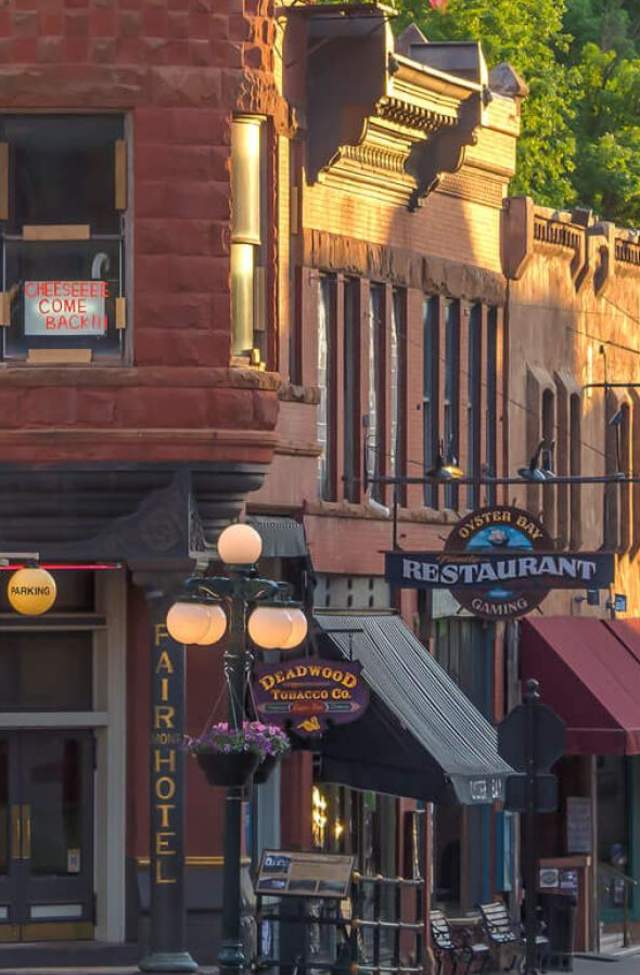
Deadwood
One of the well-known communities to form during the Black Hills Gold Rush was the law-less town of Deadwood, which became famous due to its storied residents like Calamity Jane, Wild Bill Hickok and Sheriff Seth Bullock. During a visit you can walk the cobblestone Main Street, visit the gravestone of those famous residents, and soak up some of that still existent Wild West atmosphere.
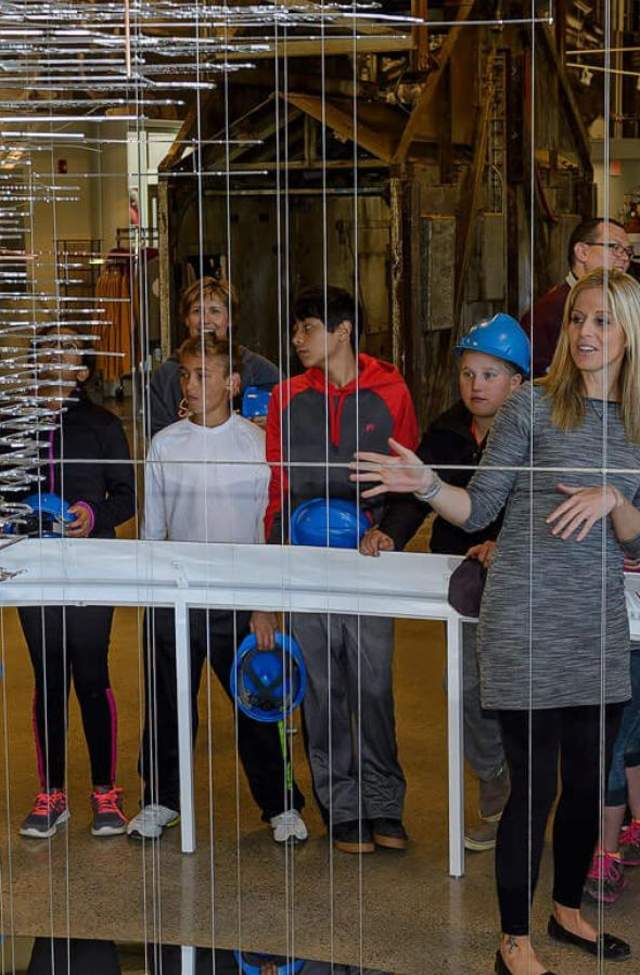
Homestake Gold Mine
Visit the largest and deepest gold mine in North America. Over a period of 126 years, miners pulled more than 41 million ounces of gold from the Homestake Gold Mine. Located in Lead, SD, visitors can explore the Visitor Center and discover what the mine is being used for now!
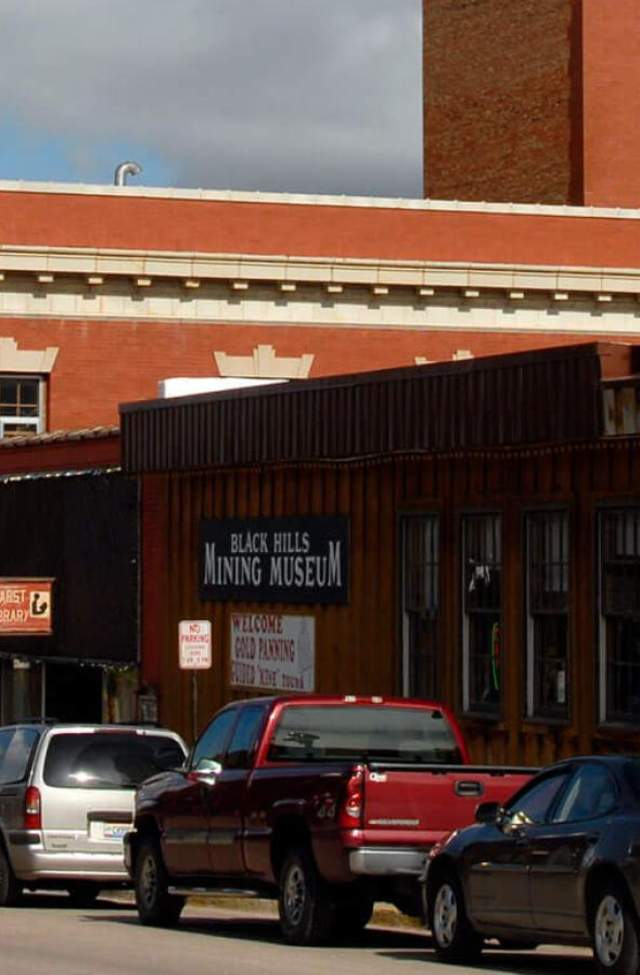
Black Hills Mining Museum
Another stop full of mining history in Lead, SD is the Black Hills Mining Museum. Tour the exhibits full of mining history and go on a guided simulated mine tour.
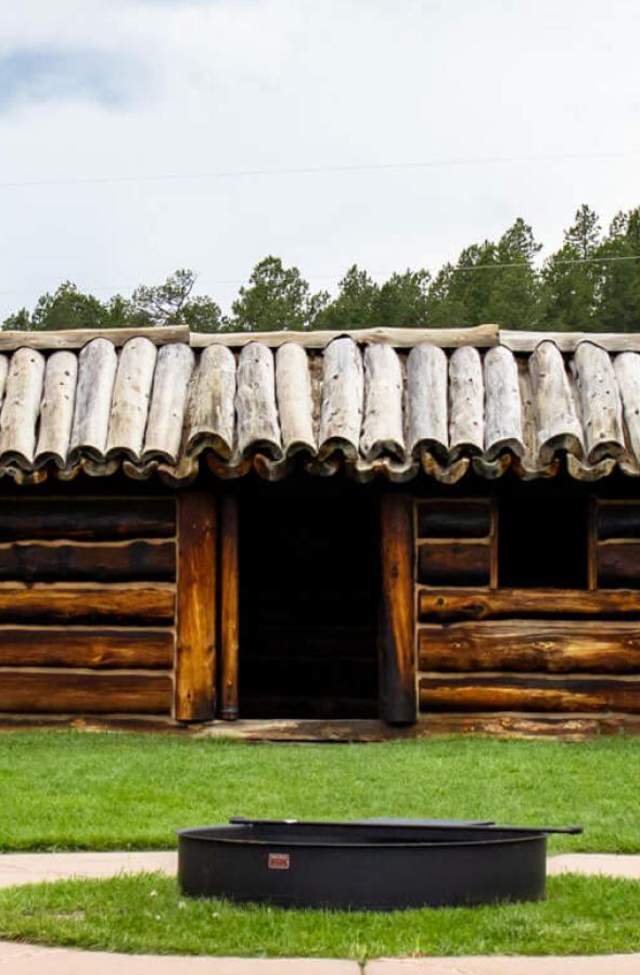
The Gordon Stockade
Located between the city of Custer and Custer State Park is the Gordon Stockade. Originally built in 1874, the structures found here now are an exact replica of this historic site. The stockade was first built to provide protection to early area miners, but over the course of its interesting history this shelter was used by a wide variety of people.

Flume Trail
This historic trail in the Black Hills lets you walk back in time to the mining boom of the 1880s. During that time it was known as the Rockerville Flume and it was created to carry water 20 miles. The current trail follows the historic flume bed for much of its length through the beautiful Black Hills scenery while revealing tunnels, parts of the flume and other historic artifacts along the way.

Gold Mountain Mine
Discover the only mine site in the Black Hills of South Dakota with the mill frame still standing! The mill frame was constructed in the 1920s and remained operational until 1941. It wasn’t until 2007 that the site was determined to be a public safety hazard which kick-started plans to preserve the standing mill frame and make the area safe to explore reopening to the public in 2014.
